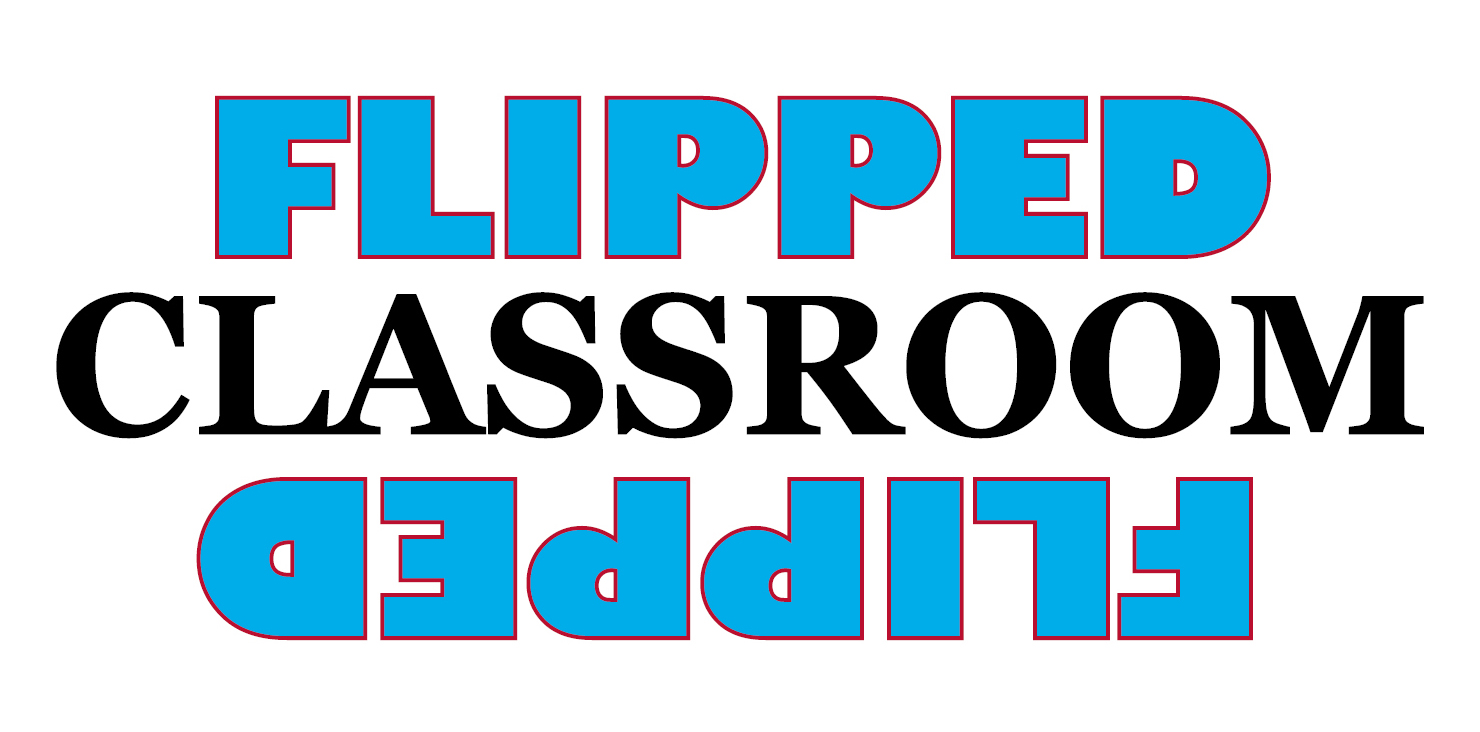Flipped Classroom
Author : Sankara krishnan Posted On : Friday, 5th August 2016
Over the past few years, the traditional lecture teaching model has been completely turned on its head in favor of a trendy — and potentially transformational — new teaching strategy. Enter: the flipped classroom. This pedagogical strategy is an inversion of the common “lecture in the classroom, assign homework and group work for outside of class” setup. Instead, in a flipped classroom, students engage in passive learning (i.e. lectures or assigned reading) at home, and class time is devoted to collaborative projects, answering questions, and engaging with the material on a deeper level.
While the flipped classroom concept is relatively new, many educational experts believe it’s the best way to teach students. The flipped classroom model has been adopted at some of the top universities around the world and has been the subject of numerous studies and pilot programs, with promising results.
What is a Flipped Classroom?
With results like the above coming out of pilot programs across the country, the Flipped Classroom movement is gaining steam. Numerous membership organizations have sprung up to support educators looking for more flipped classroom resources, and many of these organizations now hold annual conferences. The Flipped Learning Network, for example, will be holding its ninth annual conference in the summer of 2016.
So what makes the flipped classroom such a groundbreaking idea worthy of yearly conferences, workshops, and a growing legion of fans? Let’s look to education researcher Benjamin Bloom’s famous “Bloom’s taxonomy” for an answer.
Bloom’s taxonomy classifies types of learning into three hierarchical models. In his hierarchical model for cognitive learning, he classifies more passive learning like gaining knowledge and comprehension as low-level cognitive work, while more engaged learning, like evaluation, application, and synthesis, requires high-level cognitive work. The flipped classroom model takes a more intuitive approach to Bloom’s taxonomy by providing students with a supportive classroom environment for them to tackle harder, higher level cognitive work, while letting them do the “easier” lower level cognitive work, like listening to a lecture, at home.
The Advantage of Flipping Your Classroom
The main advantage of the Flipped Classroom model, then, is that when students are extending the most energy — trying to solve problems, answer questions, or work collaboratively as a group — the teacher is there in the classroom to assist with this more involved, more difficult kind of learning. As mathematics teacher Michelle Rinehart told The New York Times, the flipped classroom model is “about the powerful class time we regain for higher-order thinking activities. Students appreciate the increased assistance and collaboration they receive with this model.” Instead of sending students home with questions to grapple with on their own, students come to class with questions to ask that they developed themselves after watching the pre-recorded lecture. This also helps educators understand where student comprehension is actually faltering, instead of making comprehension assumptions.
Image Source : http://www.technapex.com/wp-content/uploads/2012/06/Flipped.jpg
Post Your Comments for this Blog Post
Blogs
South India spends most on higher education
How to pass exams when there is no time to revise?
Research proven tips for increasing childs IQ
How to pursue a course in Australia?
The Ultimate Student Guide For Surving Final Exams
How to crack UPSC Civil Services interview round?